Beijing is the capital of China, but most foreigners will actually be more tempted of visiting Shanghai if they ever want to visit this beautiful country. And the reason for that is clear. Shanghai is a city that has gone through some amazing development over the last years and that can really be considered as one of the world’s most exciting metropolis.
I have been living in Shanghai for the last three years and can say that the local government have done an awful lot to make the life here more sustainable. So how did Shanghai become a sustainable city?
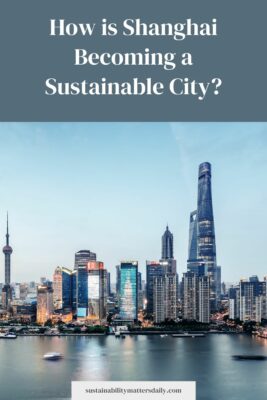
Table of Contents
- What is a sustainable city?
- So how is Shanghai becoming more and more sustainable?
- Population size: a big challenge
- Transportation
- Waste management in Shanghai – pay for your garbage!
- Current challenges
- Media coverage
- Recycling in Shanghai: The New Trend [2019]
What is a sustainable city?
First of all we would need to define what “sustainability” means when we talk about cities. There are often two broad factors that is being measured: environmental impact and human health. In other words, if a city is built in a way that does not harm the environment nor the people living there, it can be defined as sustainable.
So how is Shanghai becoming more and more sustainable?
Only during the last three years I have seen massive improvement. As major Chinese cities not exactly are famous for being eco-friendly, Shanghai has grown to be a great example of how China can develop in a good way. All we hear about in the media is the bad air pollution in China.
Shanghai’s sustainable growth is not covered that much in the newspapers. That is a good reason why this article is needed.
Population size: a big challenge
With more than 20 million inhabitants, Shanghai is one of the largest cities in the world. Making major changes in a city with that many people is a challenge. People are not always happy to see change. And when things are happening at a fast pace, some of the old and traditional buildings have to be demolished and/or replaced by better alternatives.
They say that people who lived in Shanghai since the 1980’s have been a part of the most remarkable change a big city has ever see. These pictures from a Youtube video called “Shanghai time lapse 1990-2013” shows part of the development that has taken place in the business area called Lujiazui:
This is how it looked like in 1990:

And this is how it looked like in 2013:
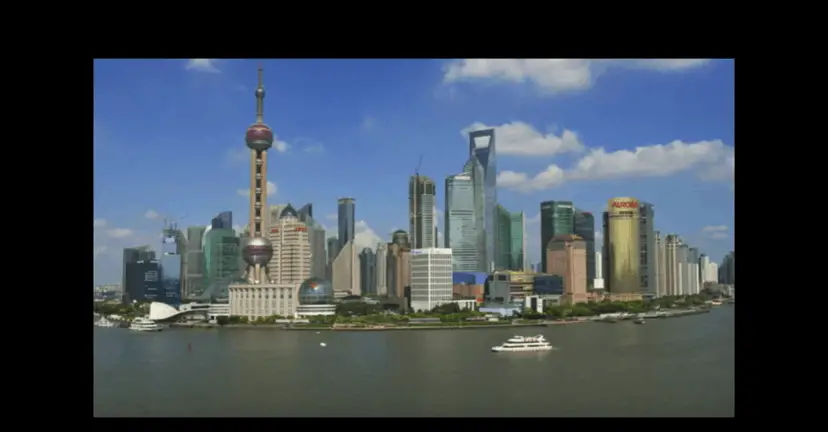
WOW!
You can see the full video here: https://www.youtube.com/watch?v=xv42kMclpYM
So we know for a fact that Shanghai is filled with a lot of people. We also know for a fact that more and more modern buildings have been raised and that there is a reason why Shanghai is often referred to as “The New York of Asia”.
But what about the sustainable development? Where did that come from?
Green areas
Urban planning is a difficult job. Especially when you have to include a lot of green areas. All the big cities in the world are almost required to have a certain amount of green landscape for the population to survive. Beijing got a small problem with that.
We have seen that all the big parks in Shanghai are either getting some sort of expansion or being kept the way they are. None of them disappear. And if anything, more trees are being planted in urban areas in order to remove the big air pollution problem that might occur during fall and winter. This is a great example of how the city is slowly getting more ecofriendly.
Transportation
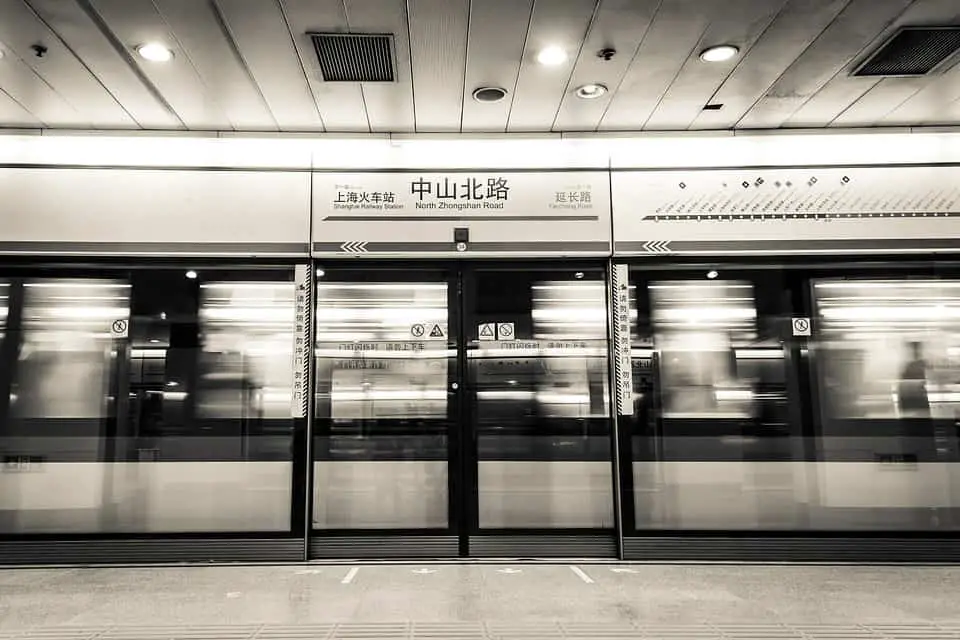
Ten years ago, the Shanghai subway only had two lines. You could only go from West to East & South to North (and vice versa) through the main area called Jingan. Now things have changed. With 14 lines, and more being constantly built, Shanghai got one of the biggest subway systems in the world. It is simply amazing.
The subway system is so huge that you can even visit small cities around Shanghai just by using the subway!
As you might already know, the more people use public transport, less cars on the road. And the transportation sector counts for about 25 % of the air pollution in major cities. That is why a well-functional subway system is crucial for Shanghai’s sustainable development.
“The shared bike revolution”
Shared bikes have changed the way people commute in China. When you combine this with the fact that more and more people take the subway, you understand that Shanghai is on the right track to become sustainable.
Seriously. All you need is to download an app and put a deposit if 12 USD – and you are able to take a bike and leave it wherever you want in the city. It is an amazing project.
Waste management in Shanghai – pay for your garbage!
If you have ever seen how the local government deal with waste in Shanghai, you know that the city has a long way to go on this subject. In fact, I would say they almost could not get worse.
Actually, let me show you how it looks like in the compound I live in (and no, I do not exactly live in a very poor area of Shanghai…):
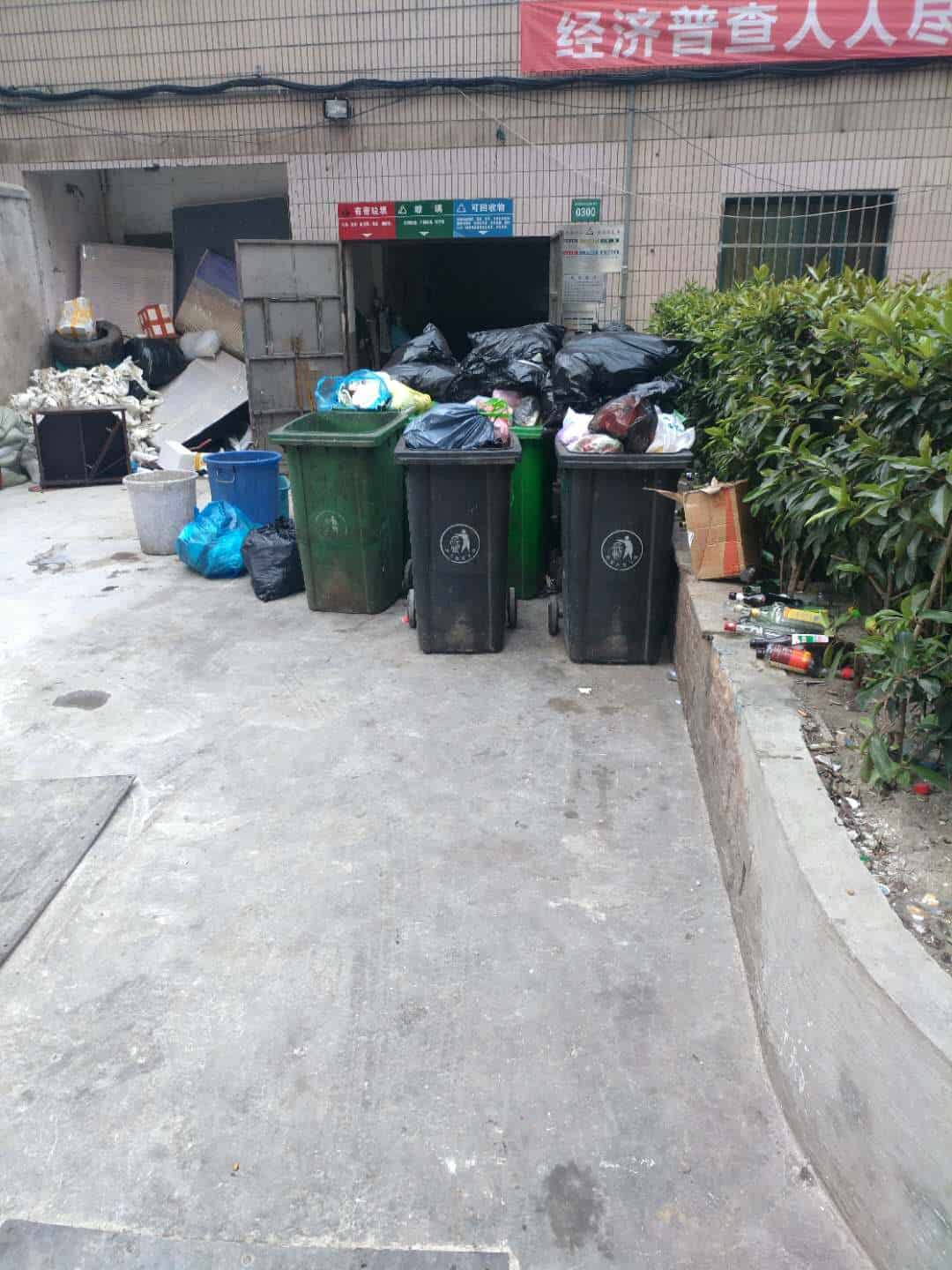
Needless to say, this picture needs to be explained. This is the current waste management policy in Shanghai:
1) As a normal resident, you are simply asked to just throw anything into one bin.
2) A huge garbage truck will pop by the compound every second night and gather everything. Where it ends up? No idea.
3) Can also mention that a lot of people do often tend to browse through the trash in order to find something valuable or something that can be recycled. However, it seems like these initiatives are often coming from people looking for some extra money rather than being a local government project.
How will this change?
In fact, it has already changed. You see, Shanghai is divided into two parts: Puxi and Pudong. Xi means West and Dong means East. Pu means river. In other words: one area, Puxi, is West for the infamous Yellow River. Pudong is East.
These areas do not only have different names. They also have different waste management systems. Government has actually implemented a new set of rules for citizens living East of the river.
I started to learn more about it in this article:
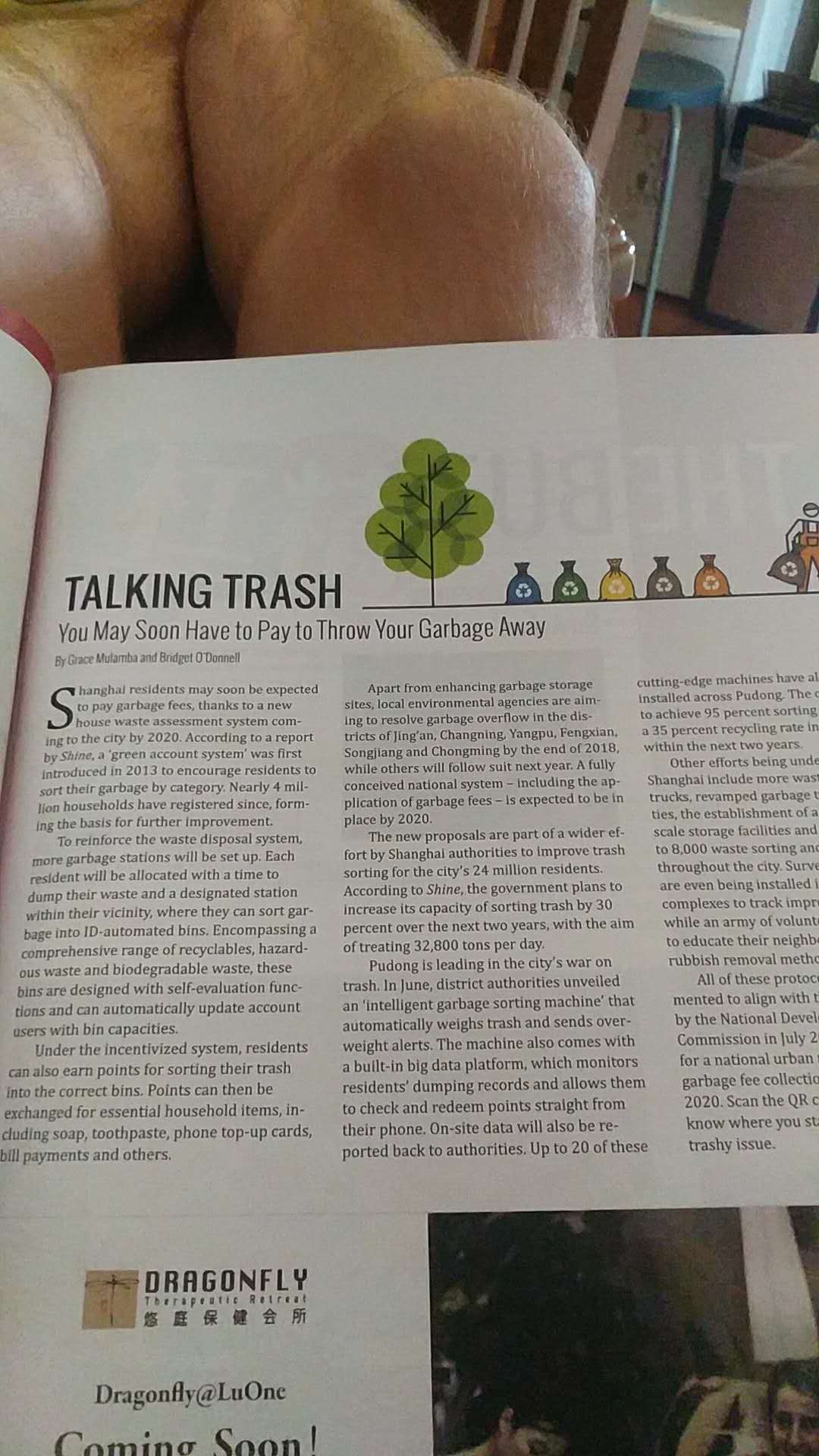
…and then I actually went around and called a friend living in East Shanghai. He told me that each citizen is now given a chip which requires you to “log in” every time you throw garbage. That will register how much garbage you throw out every week, which again will determine your local “trash tax”. The Shanghai government believe that this new system will both make people produce less trash and recycle better.
The system is not perfect – yet. But once some improvements have been done, this system will probably also be transferred to the more densely populated Puxi.
Economic development and increasing environmental issues
A recent comment from a reader made me think. You can read his comment below – he is using the name “Shanghaiist”. He made a point about how economic growth can be good for a city or a country, but bad for the environment. Let me quickly explain why that is relevant for Shanghai.
China is in the middle of strong economic growth. And that growth will, by all means, continue at least until year 2040. The middleclass is growing and people get more and more cash between their hands. This opens up for a lot of new possibilities, such as eating beef and traveling. Needless to say, those two things are both leaving a quite significant environmental impact.
This leads up to the big question. Will all the positive attempts to make Shanghai a more sustainable city (cleaner air, better recycling and waste management, more eco-friendly transportation, etc.) be outweighed by a population that eat hamburgers and travel to Thailand every year? Maybe. Frankly, it is a question that is quite difficult to answer.
Education is the key. If people in Shanghai learn how to combine economic growth with being eco-conscious: great! If they don’t: well, we might be in trouble.
PS! If you have anything you want to say about this, please leave your comment below and I will make sure to give you a reply.
Current challenges
Don’t get me wrong: Shanghai is an excellent city. And I feel that it becomes better and better every day. Which, I guess, is also why it becomes more and more expensive every day. But regardless of that, there are still a lot of environmental issues in Shanghai (as it is with any other big city).
The traffic is quite bad during rush hours. Some days, with a lot of cars and no wind, you will actually see the air pollution outside your window. And for some reason I have never understood how the waste system works. It seems like everyone throws waste in the same bins and God knows if it ends up in a landfill or somewhere else..?
Anyway, if you want to experience a great sustainable city in growth, you should come to Shanghai.
Media coverage
Some weeks ago I was standing (no seats available) in a pizza shop enjoying my vegan pizza. Luckily, I was able to get entertained by this amazing magazine about what is going on in Shanghai. Had to get my mobile phone ready and snap a picture of this article:
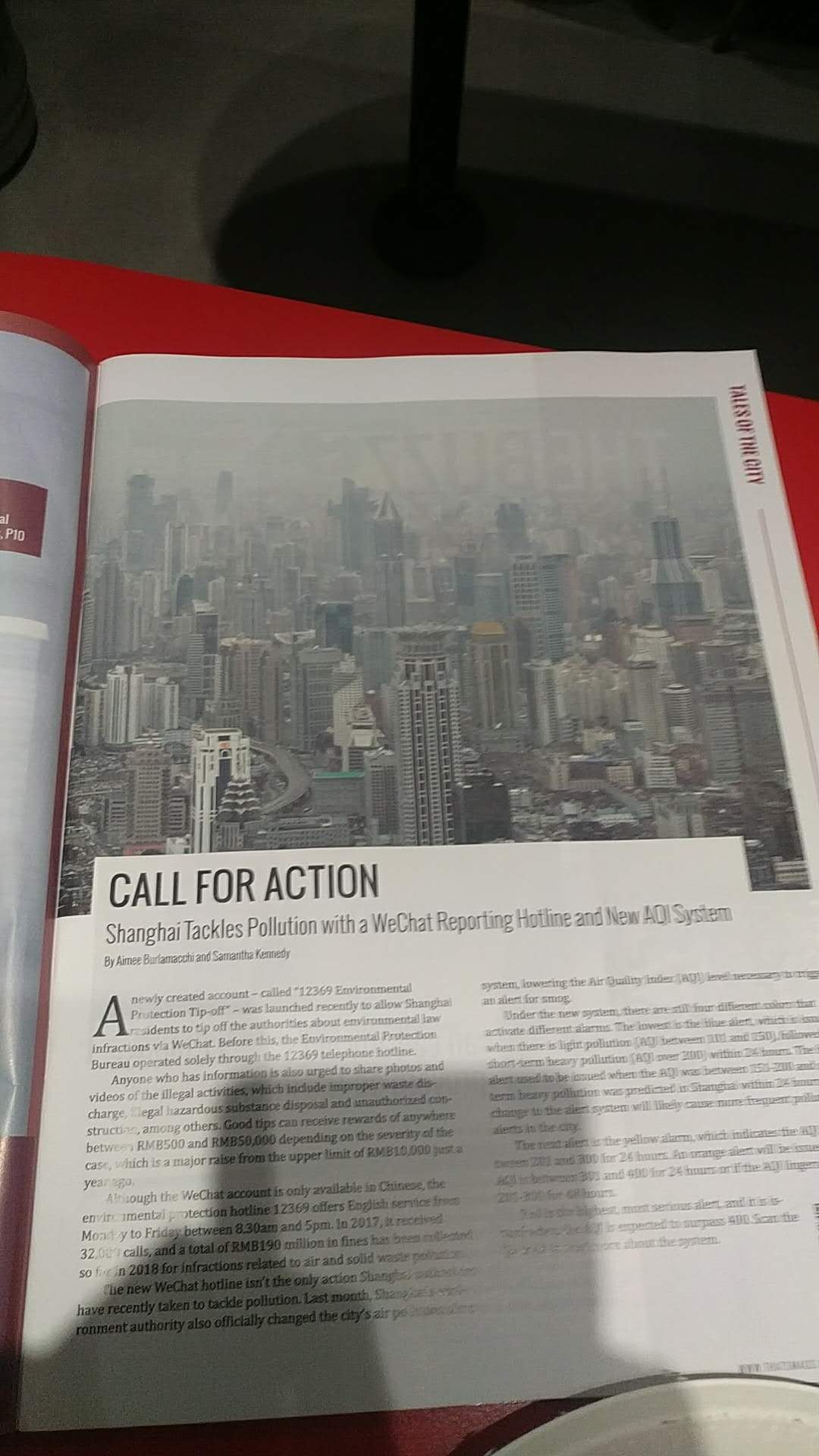
I know. Not only am I really bad at taking pictures, but the camera quality is also really bad. Anyway, the article is about how the Shanghai government are now using technology to reach out to people and update them about the air pollution. Quite handy actually.
Recycling in Shanghai: The New Trend [2019]
We should always be careful to talk about environmental practices as “trends”. Because, hopefully, they will last quite long. Problem is that you never know how long stuff lasts in China.
In 2014, they banned smoking in all bars in Beijing. These days, you can’t really step into a bar in the Chinese capital without being at risk for developing severe lung cancer.
Anyway: I had a nice person knocking at my door the other day. He asked me to sign a piece of paper and gave me some brochures. It turns out that I just signed a paper that made a promise to the Shanghainese government: I will now recycle all my trash before bringing it to the bin. Where most people might feel annoyed, I was actually quite happy. Finally!!
And the next day I saw something quite funny outside my office space. They even held a “recycling festival” with interesting speeches, mascots dressed as recycling bins (they were cool, look at the picture below) and kids singing a song that I believe was about sustainability. Top notch!
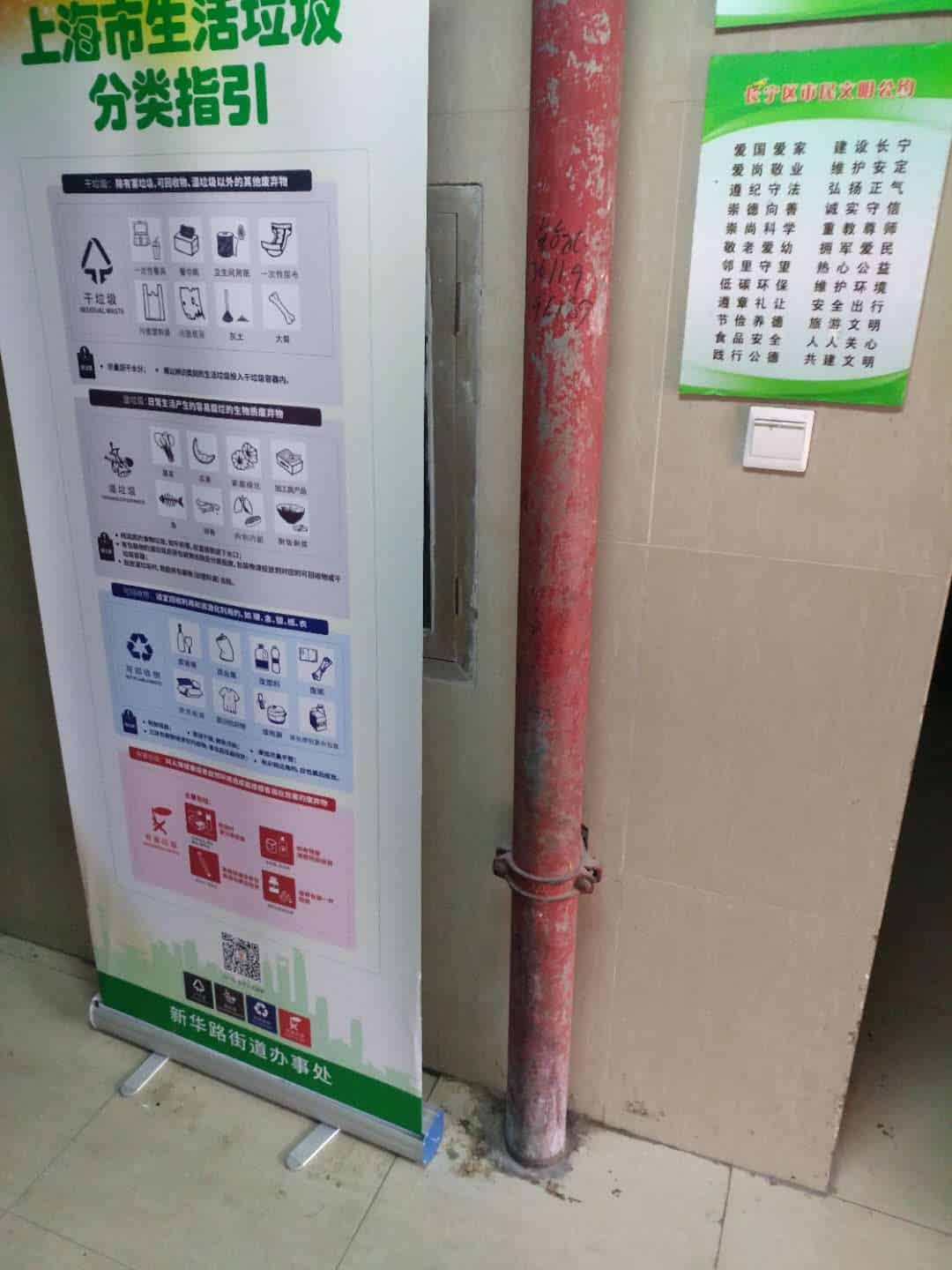
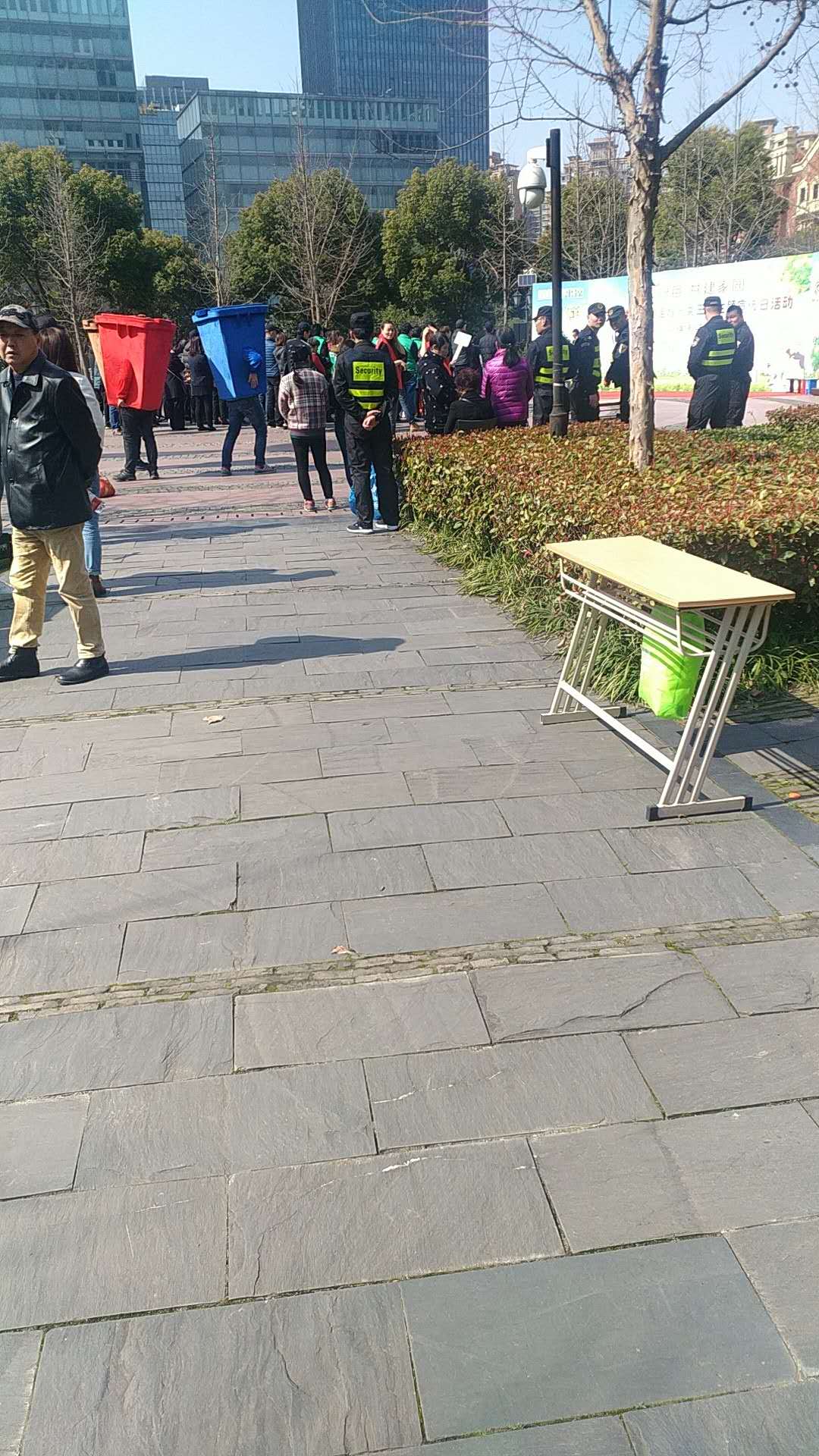
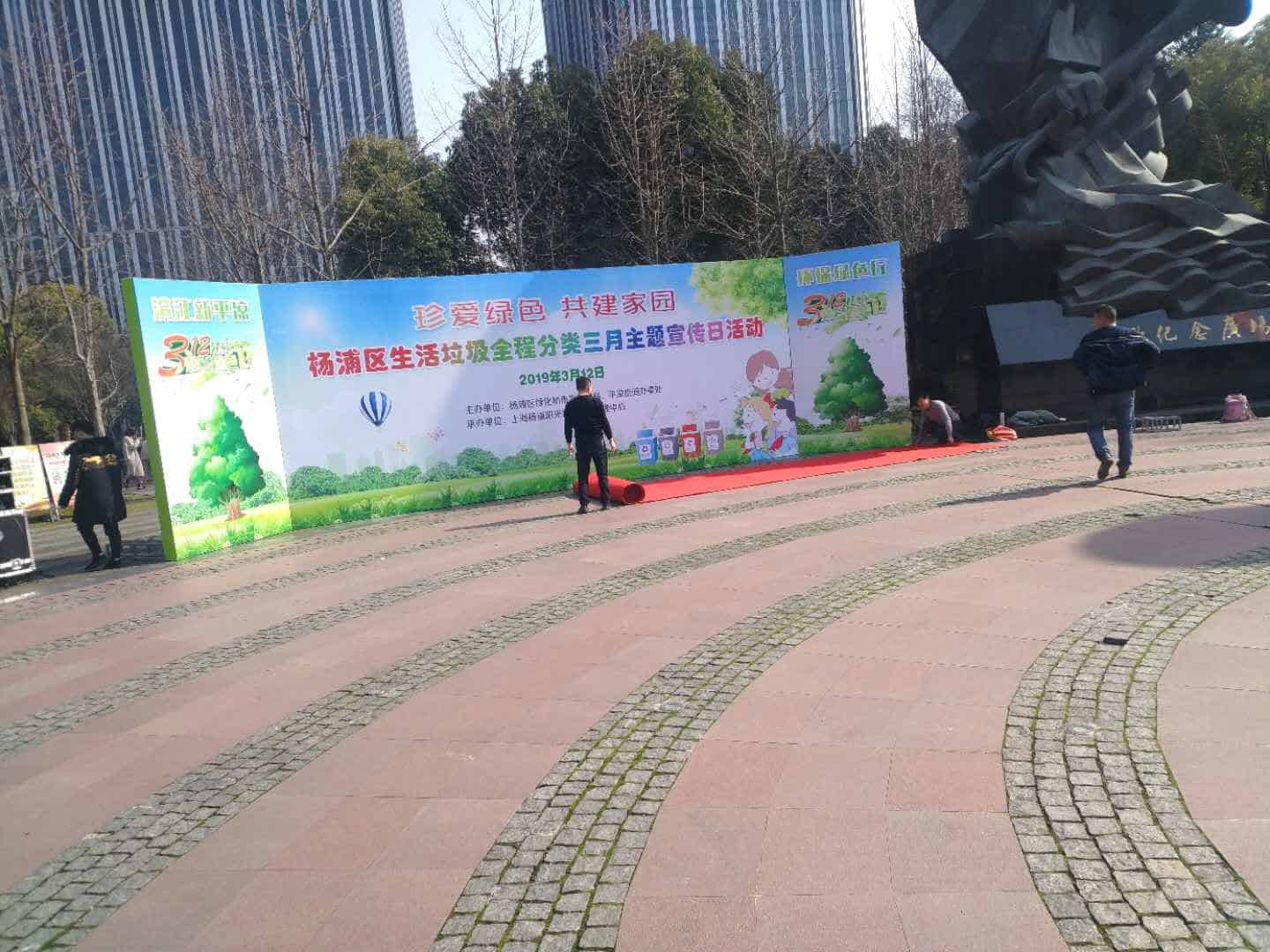
The problem with implementing a new eco-friendly practice in a new country is the educational part. Most people in China do not know why recycling is beneficial to society. Hence, a lot of people don’t really care. It will be very interesting to see how the Shanghai population react to these new environmentally friendly practices, but it is just another sign that Shanghai is becoming a more sustainable city.
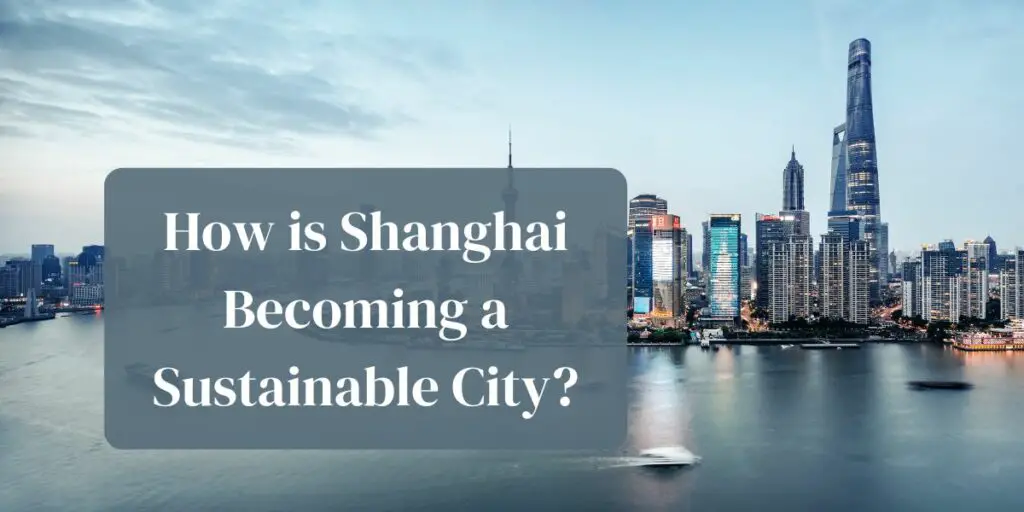


Hi. Thanks for writing this article. It was useful. A
yeah it is good
Shanghai is quite similar to all other Asian big cities in the sense that the economy is growing – and the environmental issues are accelerating together with this economic boost. Do you know what happens when people get more money?
They want to travel. They want to eat meat.
You can have great transportation systems and upgraded waste management systems. But if every Chinese citizen in Shanghai will suddenly started to eat beef instead of vegetables, rice and chicken…we are doomed.
Hello, Previous Shanghaiist. I assume that you miss this beautiful city!? 🙂
You are right. Economic development does influence how people live. I guess you can imagine it yourself: you have lived in poverty for 30 years. One day you are suddenly presented with all these great opportunities because the economy gets better. Traveling to a foreign country and eating beef weekly are not utopia – they actually happen.
Of course that is a huge problem. I guess this is why we need to highlight the fact that the Chinese government really tries to invest in sustainable solutions, and that Shanghai already has come a long way.
Nice point
yeah
Thanks a lot for writing this article. I have been an expat in Shanghai myself for about 6 years and I have seen the good and bad of this city.
When we talk about environmental development, I am not sure how that has grown over the last years. Sure, the metro system is fantastic. And most of the Shanghainese people going to work are definitely using it. But you can still see that there are coming more and more cars on the highways. Trying to take a taxi home after work is almost impossible. That being said, I really like the green areas of Shanghai. The parks, the forests and the whole Pudong area.
Hello Mille, great comment. I agree that Shanghai got challenges. I mean: we are talking about a city with 23 million people.
The rush hour is horrible in Shanghai, but I am not sure that building bigger roads is the solution. Frankly, I believe that the metro system works perfectly fine.